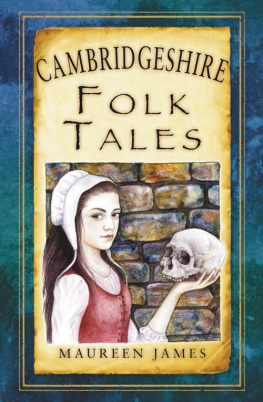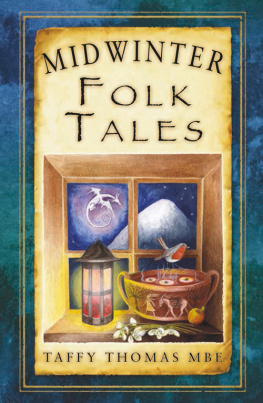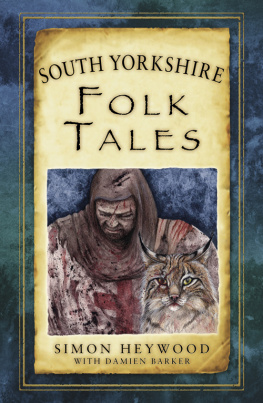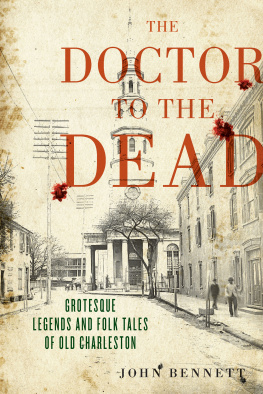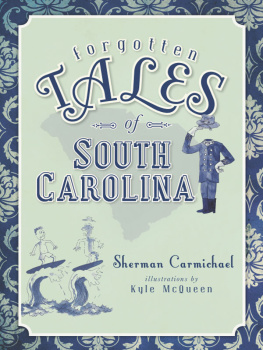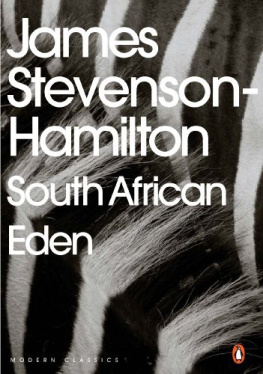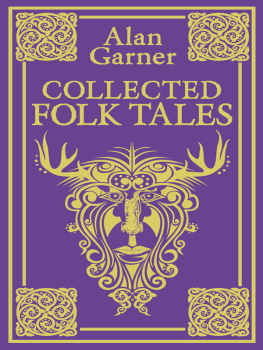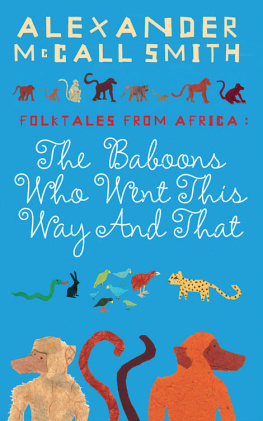James A. Honey - South-African Folk-Tales
Here you can read online James A. Honey - South-African Folk-Tales full text of the book (entire story) in english for free. Download pdf and epub, get meaning, cover and reviews about this ebook. year: 2018, publisher: CreateSpace Independent Publishing Platform, genre: Detective and thriller. Description of the work, (preface) as well as reviews are available. Best literature library LitArk.com created for fans of good reading and offers a wide selection of genres:
Romance novel
Science fiction
Adventure
Detective
Science
History
Home and family
Prose
Art
Politics
Computer
Non-fiction
Religion
Business
Children
Humor
Choose a favorite category and find really read worthwhile books. Enjoy immersion in the world of imagination, feel the emotions of the characters or learn something new for yourself, make an fascinating discovery.

- Book:South-African Folk-Tales
- Author:
- Publisher:CreateSpace Independent Publishing Platform
- Genre:
- Year:2018
- Rating:4 / 5
- Favourites:Add to favourites
- Your mark:
- 80
- 1
- 2
- 3
- 4
- 5
South-African Folk-Tales: summary, description and annotation
We offer to read an annotation, description, summary or preface (depends on what the author of the book "South-African Folk-Tales" wrote himself). If you haven't found the necessary information about the book — write in the comments, we will try to find it.
South-African Folk-Tales — read online for free the complete book (whole text) full work
Below is the text of the book, divided by pages. System saving the place of the last page read, allows you to conveniently read the book "South-African Folk-Tales" online for free, without having to search again every time where you left off. Put a bookmark, and you can go to the page where you finished reading at any time.
Font size:
Interval:
Bookmark:

FOLK-TALES
FOLK-TALES
THE BAKER & TAYLOR COMPANY
1910
THE BAKER & TAYLOR COMPANY
Published, November, 1910
THE TROW PRESS, NEW YORK
TO
C. F. H. and F. I. G.
| PAGE |
| Introduction |
| Origin of the Difference in Modes of Life Between Hottentots and Bushmen |
| The Lost Message |
| The Monkey's Fiddle |
| The Tiger, the Ram, and the Jackal |
| The Jackal and the Wolf |
| A Jackal and a Wolf |
| The Lion, the Jackal, and the Man |
| The World's Reward |
| The Lion and the Jackal |
| Tink-tinkje |
| The Lion and Jackal |
| The Lion and Jackal |
| The Hunt of Lion and Jackal |
| The Story of Lion and Little Jackal |
| The Lioness and the Ostrich |
| Crocodile's Treason |
| The Story of a Dam |
| The Dance for Water or Rabbits' Triumph |
| Jackal and Monkey |
| Lion's Share |
| Jackal's Bride |
| The Story of Hare |
| The White Man and Snake |
| Another Version of the Same Fable |
| Cloud Eating |
| Lion's Illness |
| Jackal, Dove, and Heron |
| Cock and Jackal |
| Elephant and Tortoise |
| Another Version of the Same Fable |
| Tortoise Hunting Ostriches |
| The Judgment of Baboon |
| Lion and Baboon |
| The Zebra Stallion |
| When Lion Could Fly |
| Lion Who Thought Himself Wiser Than His Mother |
| Lion Who Took a Woman's Shape |
| Why Has Jackal a Long Black Stripe on His Back? |
| Horse Cursed by Sun |
| Lion's Defeat |
| The Origin of Death |
| Another Version of the Same Fable |
| A Third Version of the Same Fable |
| A Fourth Version of the Same Fable |
| A Zulu Version of the Legend of the "Origin of Death" |
| Literature on South-African Folk-Lore |
FOLK-TALES
Font size:
Interval:
Bookmark:
Similar books «South-African Folk-Tales»
Look at similar books to South-African Folk-Tales. We have selected literature similar in name and meaning in the hope of providing readers with more options to find new, interesting, not yet read works.
Discussion, reviews of the book South-African Folk-Tales and just readers' own opinions. Leave your comments, write what you think about the work, its meaning or the main characters. Specify what exactly you liked and what you didn't like, and why you think so.


